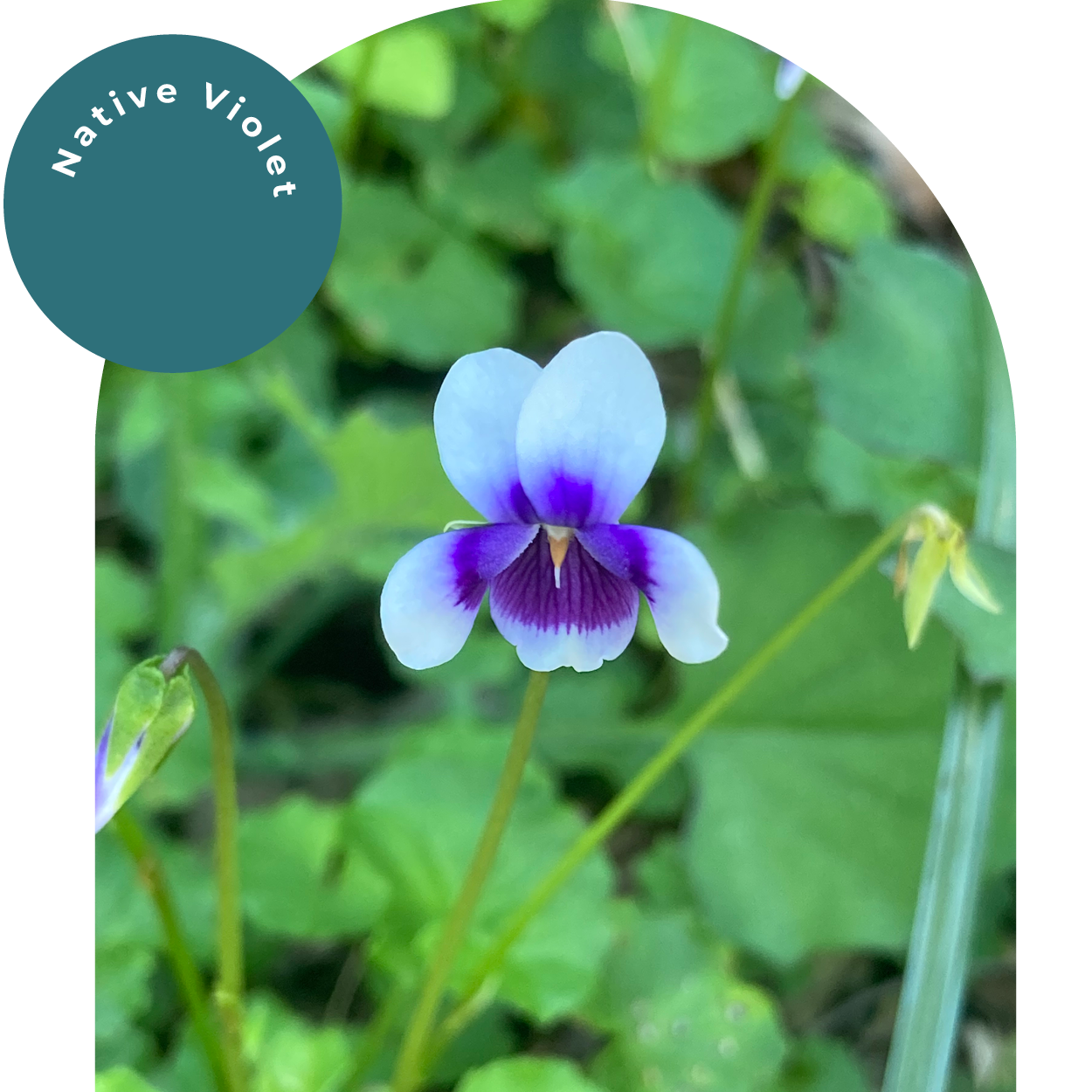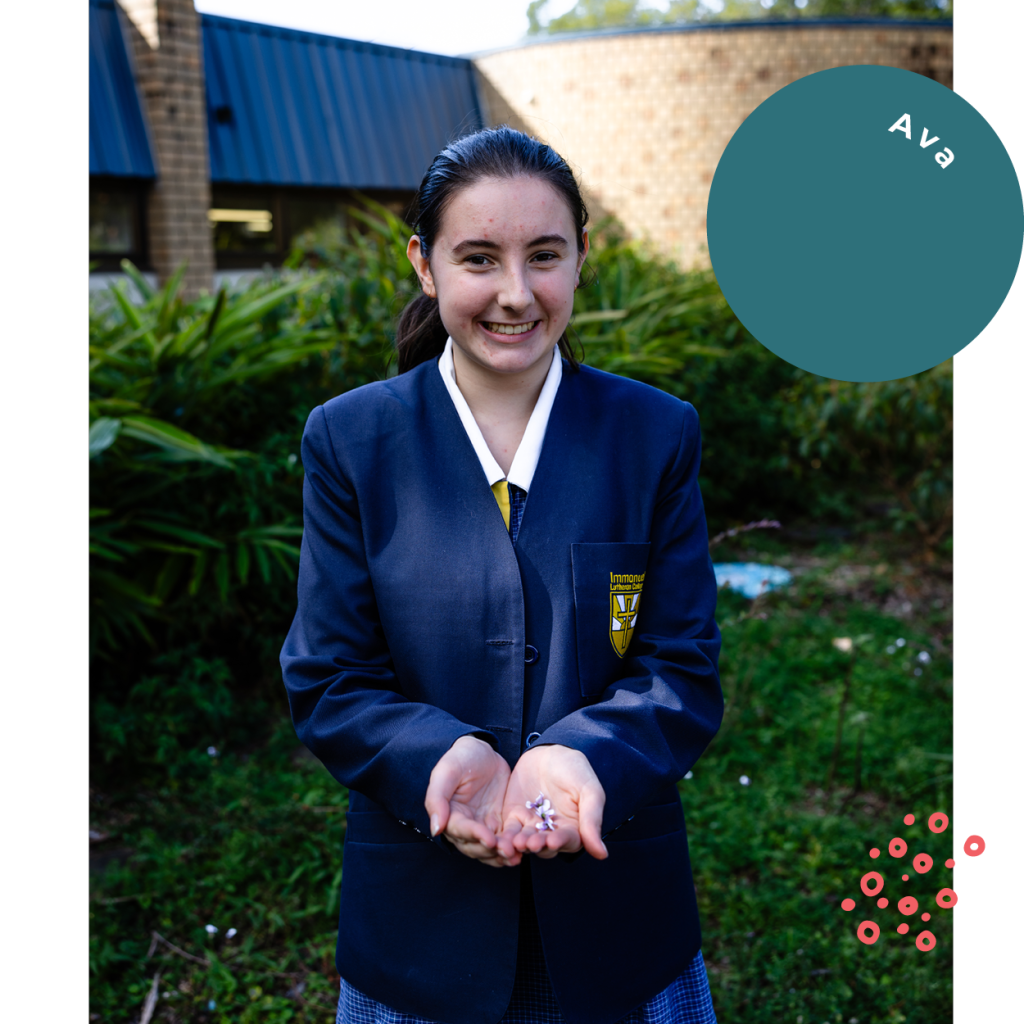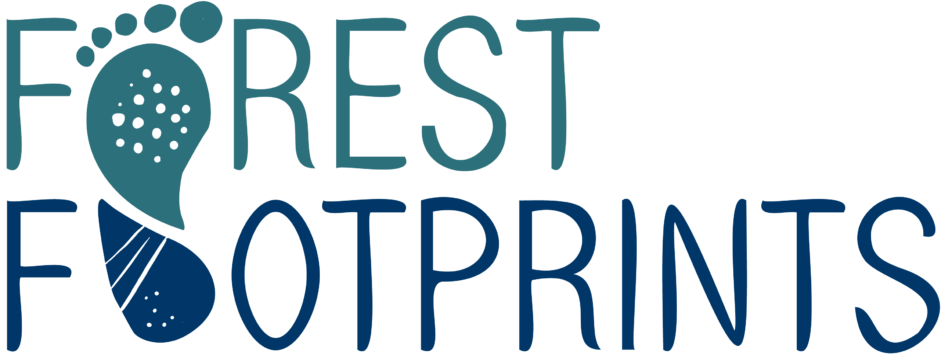Australian Native Violet
Viola Banksii or Viola Hederacea
Common name:
Australian Native Violet
Scientific name:
Viola Banksii or Viola Hederacea
Height:
The native violet’s mature height can vary from 5-15cm throughout the warmer parts of the year.
Leaves:
The leaves are small and fan-shaped, bright green in colour and edible with a faint watermelon-peppery taste. The leaves can be used in salads, vinegars, teas, pesto, and soups as a thickener.
Flowers:
Small, purple and white. The flowers appear mainly in the warmer months, but the plant is rarely seen without some flowers even in Autumn. The flowers are edible and can add colour and flavour to salads, desserts, and baked goods. Flowers can also be frozen into ice cubes or crystallised as decorations.
Fruit:
Capsules, typically white to pale green in colour, up to 6 mm long and containing glossy purplish-black seeds.


First Nations Uses:
First Nations people ate the flowers, leaves, seeds, and seed pods. The leaves of the native violet contain phenolic glycosides, saponins, flavonoids, alkaloids, mucilage, tannins, salicylates, vitamins A and C, and the compound cycloviolacin H4, which has blood-thinning and anti-cancer properties. The native violet also exhibits therapeutic uses, namely, anti-inflammatory, expectorant, blood cleanser, lymphatic stimulant, antimicrobial, antiviral, diuretic, respiratory remedy, and mild laxative.
Geographical location:
Found throughout Australia, especially in moist and shady habitats.
Research and photos:
by Ava

Interesting fact:
New growth displays pink to bronze fronds.
